Wetland wildlife
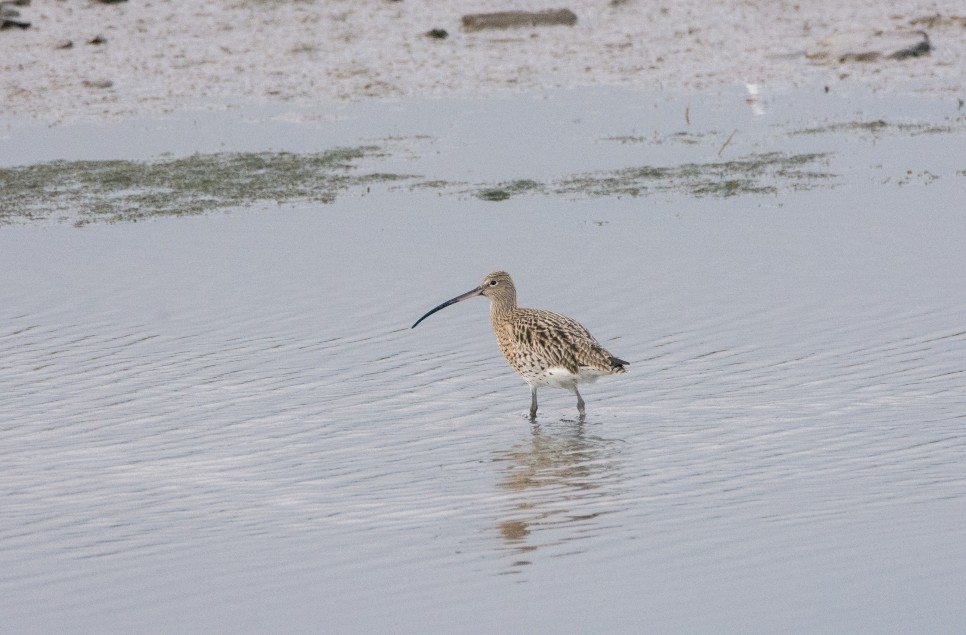
Endangered wetland species that still need our help
We’re passionate about protecting the wetlands habitats of some the most endangered species on the planet. Discover which species they are and why they seriously need our help.
12 March 2020
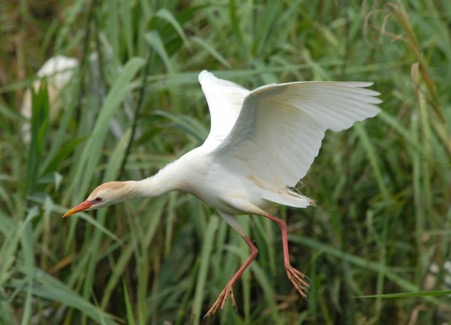
Protecting biodiversity at WWT Steart Marshes
Life thrives in wetlands and by creating and managing habitats, we can improve an area's biodiversity. One of our shining examples of how we can do this on a grand scale is the Steart Marshes, a huge salt marsh reserve created in 2014.
2 February 2020
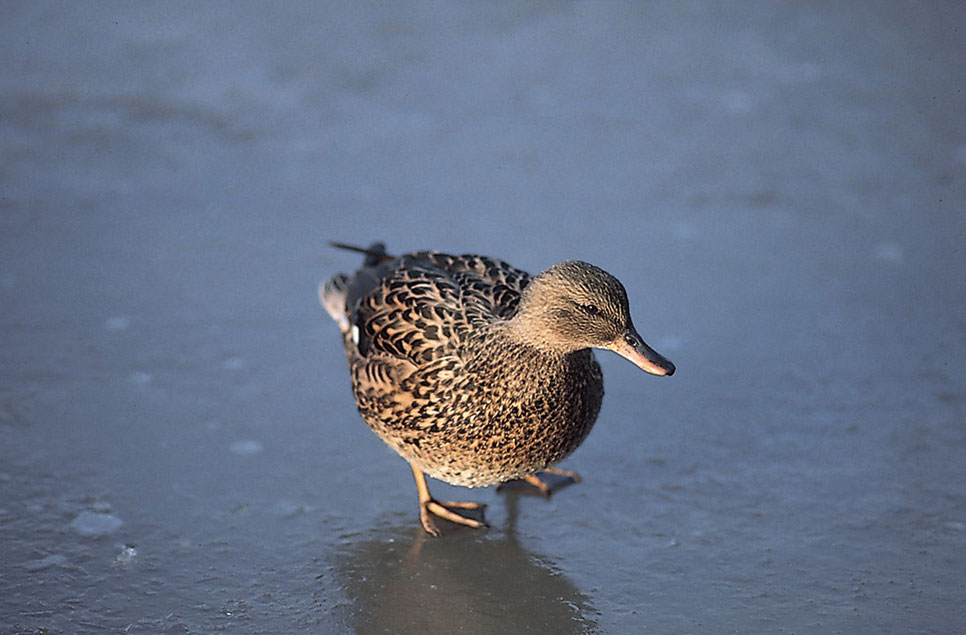
Why don’t birds get frozen feet? And other amazing avian adaptations
When you see waterbirds standing around in cold water, or wandering across the ice, you might wonder why they don’t get frostbite in their feet. So how do ducks, geese and swans cope with the cold weather in the winter?
28 January 2020
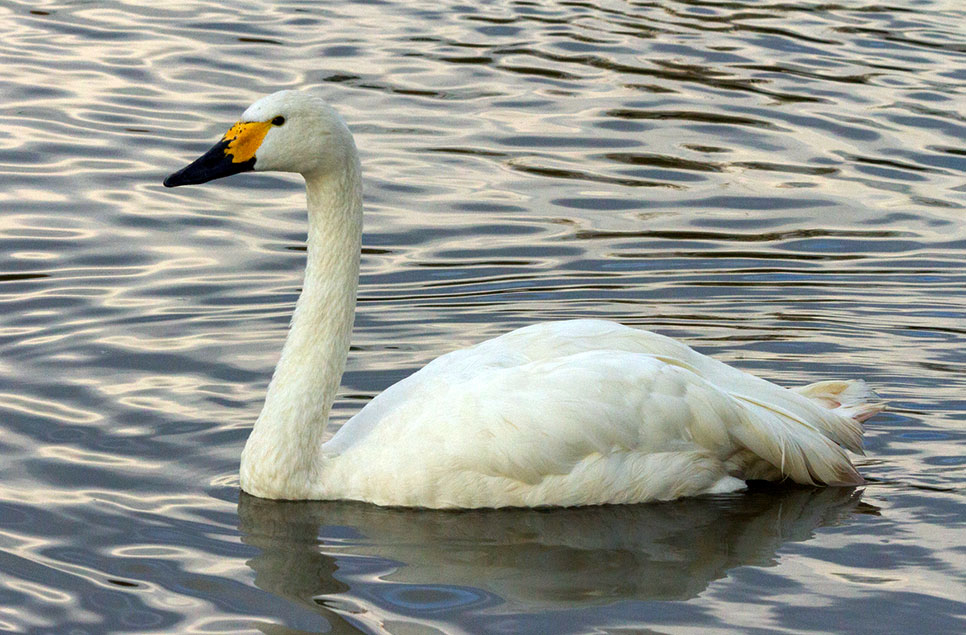
Which swan's which? How to tell the difference between swan species
Did you know there are 3 species of swan who live in the UK at least some of the year? The UK is home to three types of swan: mute, Bewick’s and whooper. Learn to identify the difference between the migratory swan species.
20 November 2019
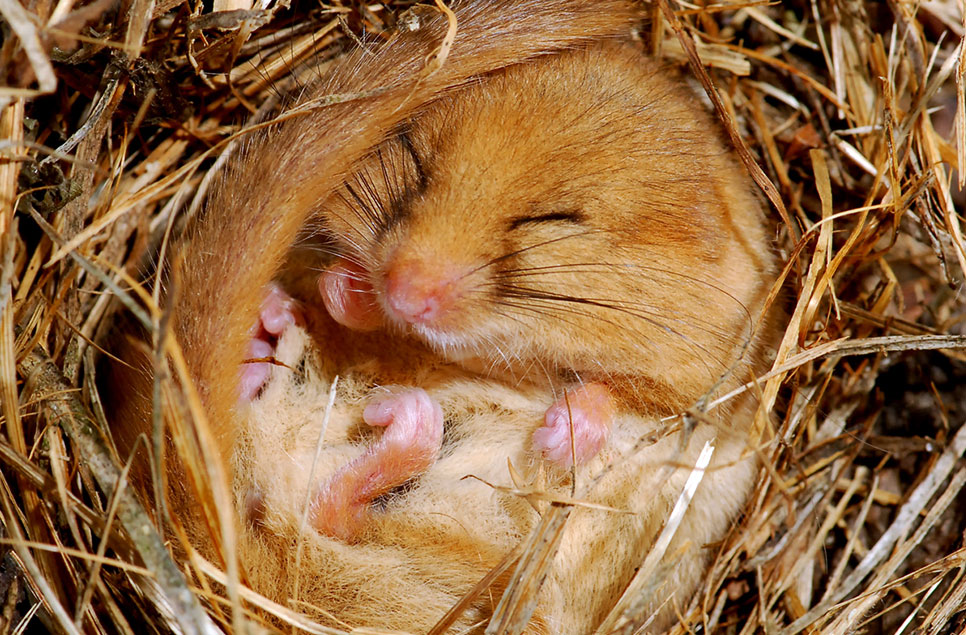
Which animals hibernate in the UK? And how you can help them
Find out how and why animals hibernate, how hibernation actually works, and which wetland animals use hibernation as a survival technique during winter in the UK.
28 October 2019
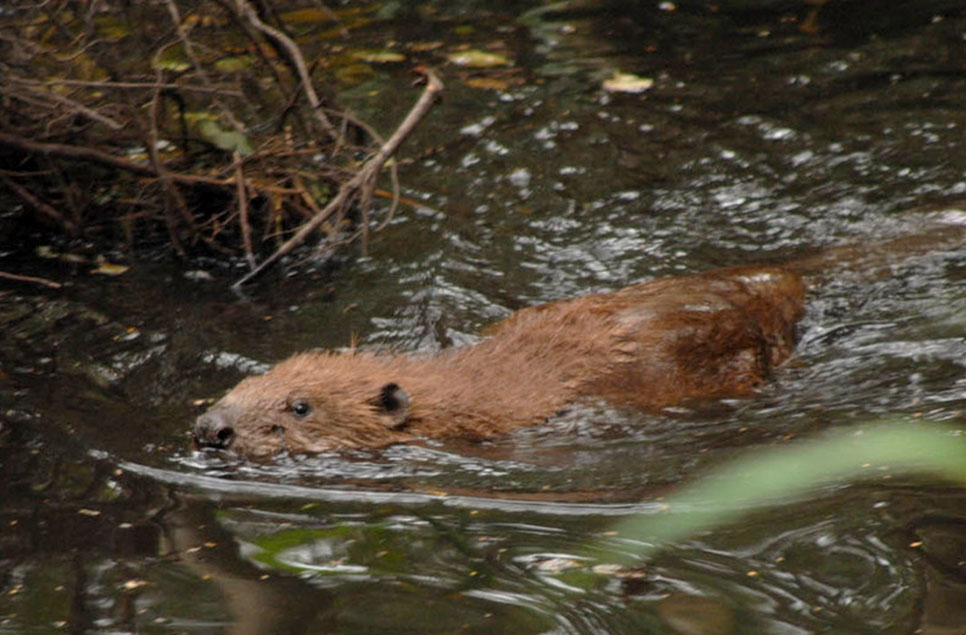
Not just for birds: wetland mammal stars
As bird-mad as we are at WWT, it’s not all about our feathered friends. Wetlands make the perfect home for a wide range of species including a number of marvellous mammals. Otters, water voles, beavers and bats are all wetland specialists.
18 October 2019
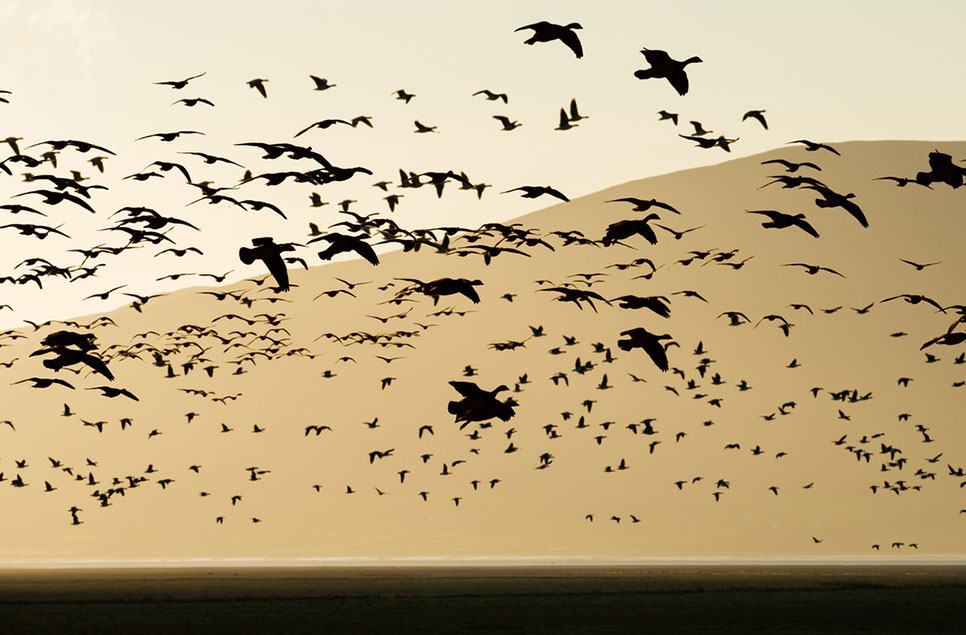
Wild barnacle geese take climate action
2019 research has shown that migratory barnacle geese are actively adjusting their traditions to climate change, shifting their migration routes within the last 25 years.
3 September 2019
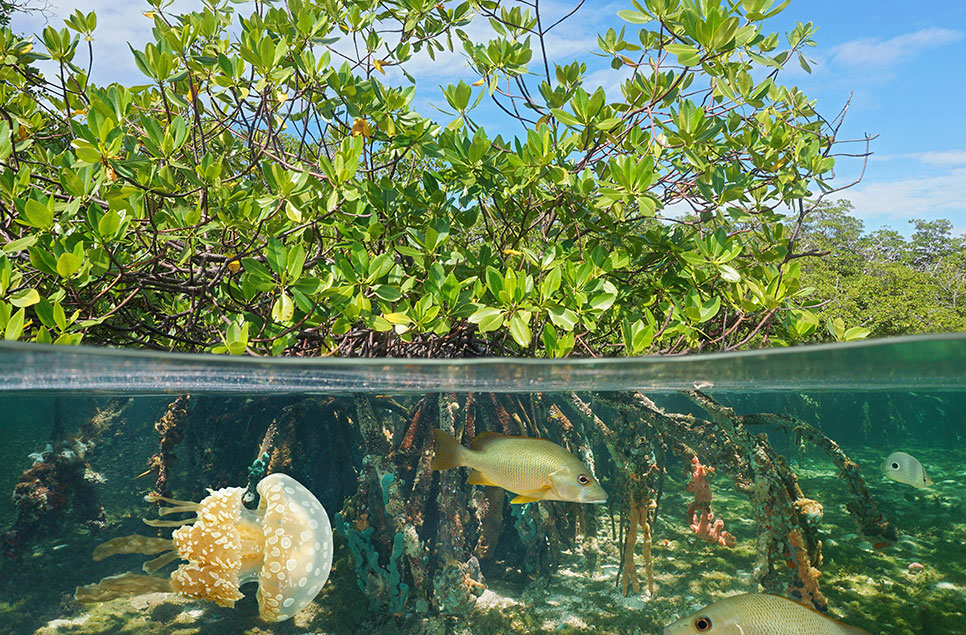
Mangroves: The incredible salt-water wetland forests
Most trees could not tolerate the sorts of conditions that mangrove forests thrive in. These unique trees are tough. They’re survivors. But now they’re facing their greatest challenge yet: humans
25 July 2019
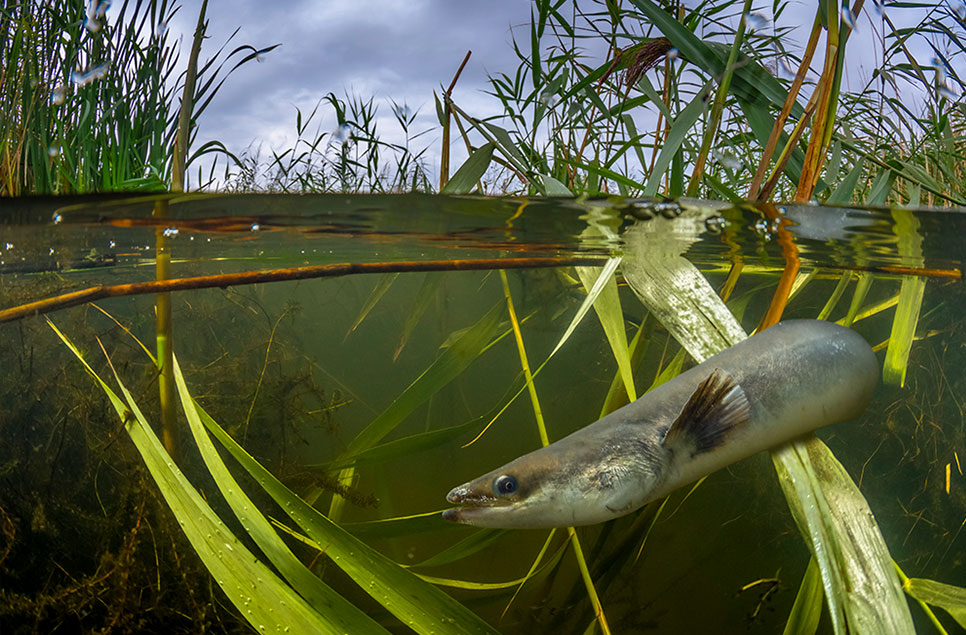
Why the once common European eel is now Critically Endangered (and what can be done about it)
Author and marine biologist Helen Scales explores the plight of the European eel, once so numerous but now critically endangered. WWT conservationists have come up with a few solutions to give eels a helping hand
14 June 2019
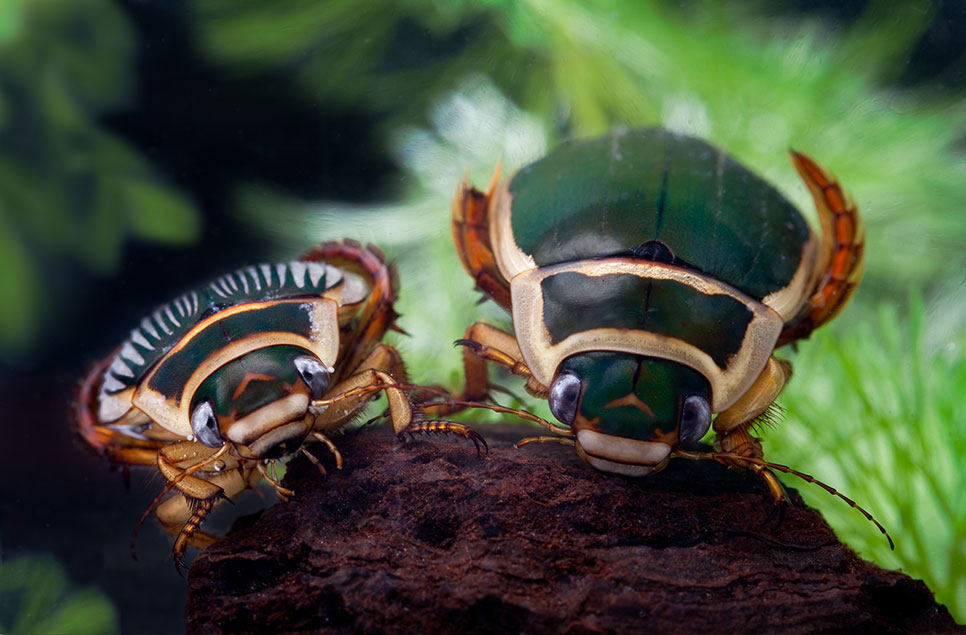
Wildlife ID guide: what species lives in a pond?
Did you know that ponds are havens for a huge range of aquatic invertebrates, amphibians and more? Find out more about how to identify the huge biodiversity of pond life when you next go pond dipping.
12 June 2019
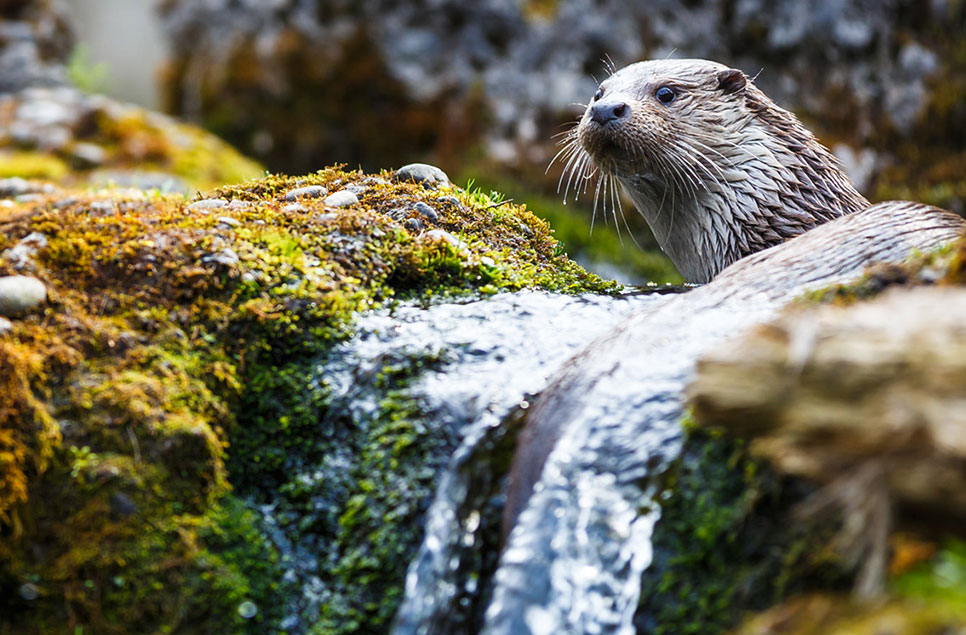
Spotlight on: the European otter (and how to see them in the wild)
Otters are secretive, fascinating and adorable creatures, but why do we never see them? Find out more about otters, where otters live in the UK and what to do for the best chance of seeing them in the wild.
24 May 2019
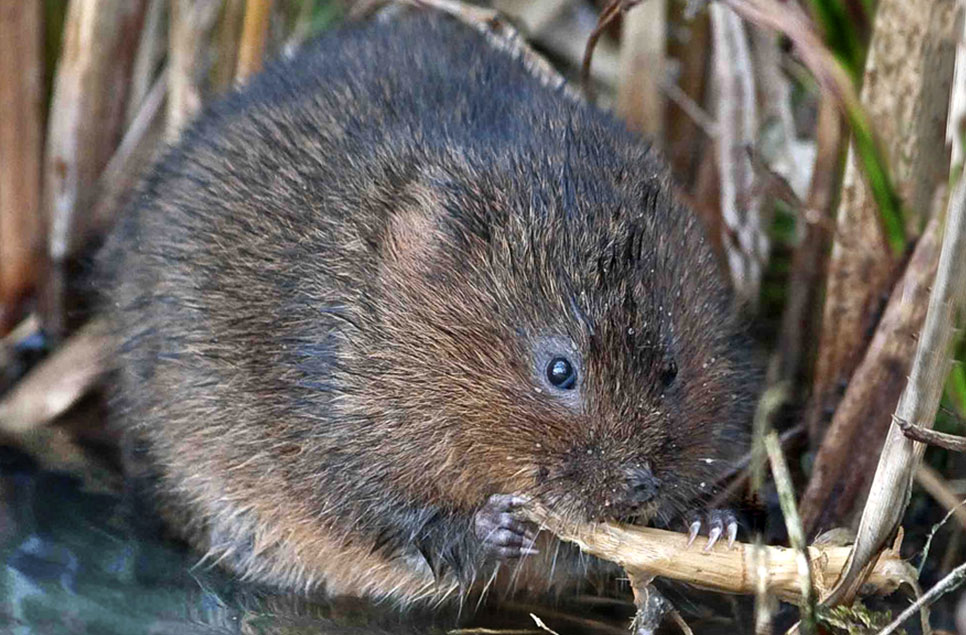
Water voles vs. rats: how to tell the difference
Have you ever seen a small furry body swimming along, and not been sure if it's a water vole or a rat? This quick guide highlights the key differences between the species.
22 May 2019
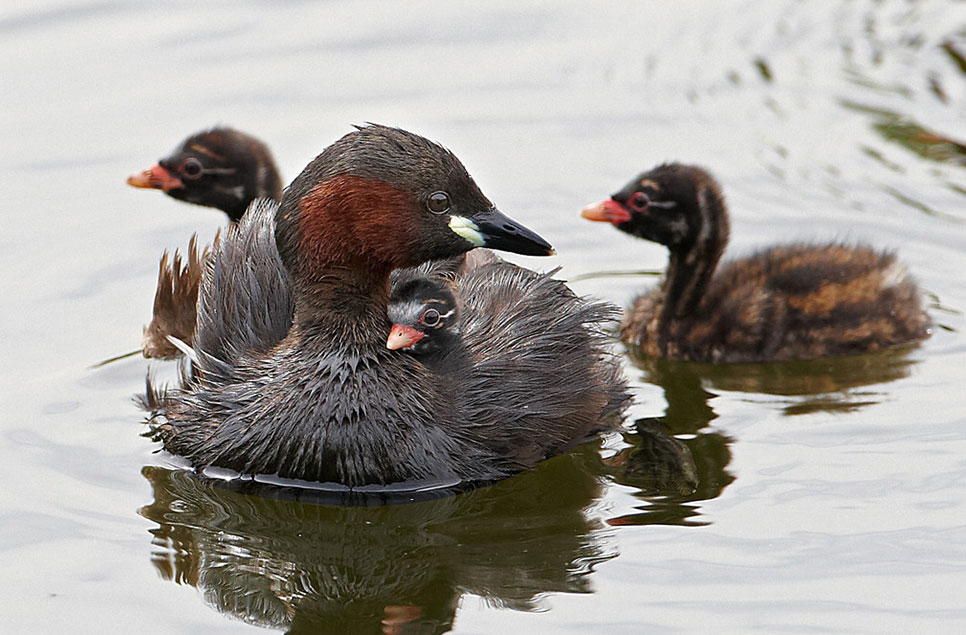
How different birds build their nests and rear their young
A guide to how the different groups of bird species make their nests in wetlands, what their chicks and eggs look like, and the parenting challenges they face. Each group has different adaptations to give their young the best chance.
10 May 2019
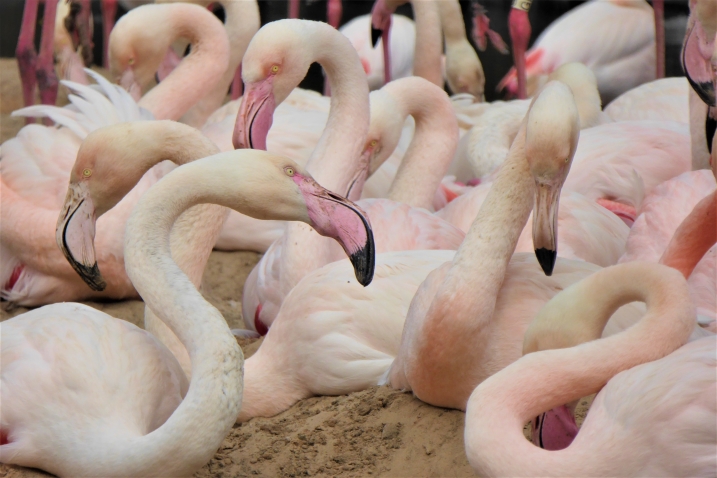
Flamenco flamingo - What's in a name?
Flamingos are well-known for their colour and dancing skills, their habits of standing on one leg. But why are they called flamingos?
1 May 2019
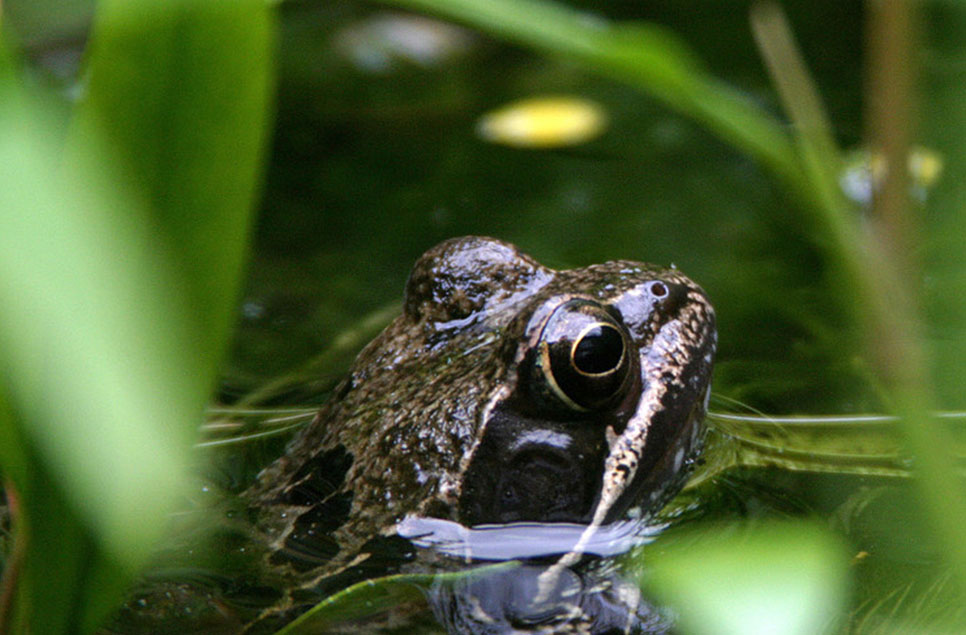
10 ways to add water to your garden that wildlife will love
When it comes to supporting nature, wildlife gardens are a good place to start. By creating ponds and wetland areas in our gardens - no matter how small – you'll attract wildlife like dragonflies, amphibians and birds.
16 April 2019